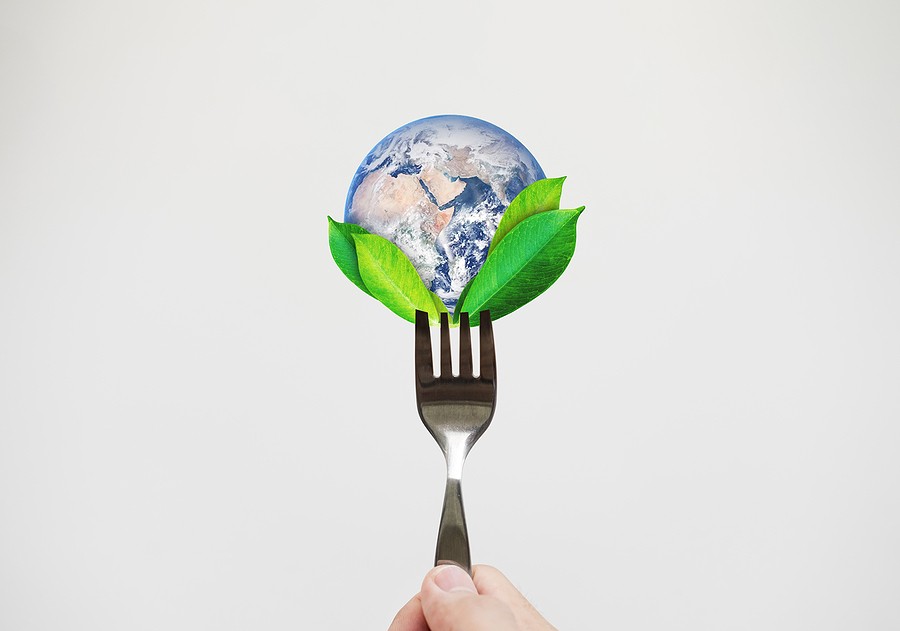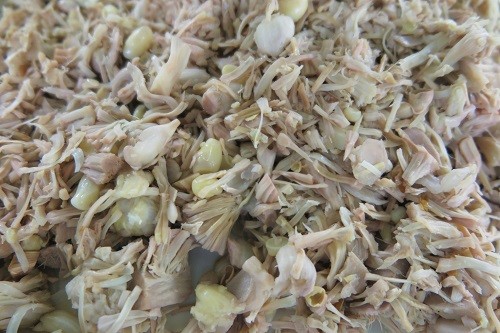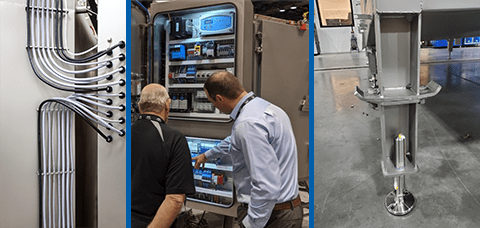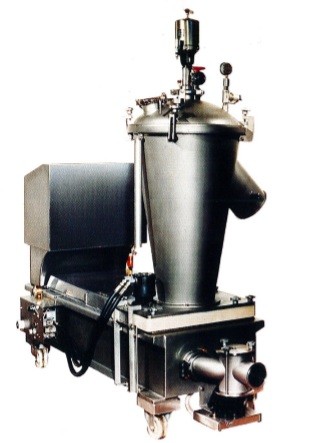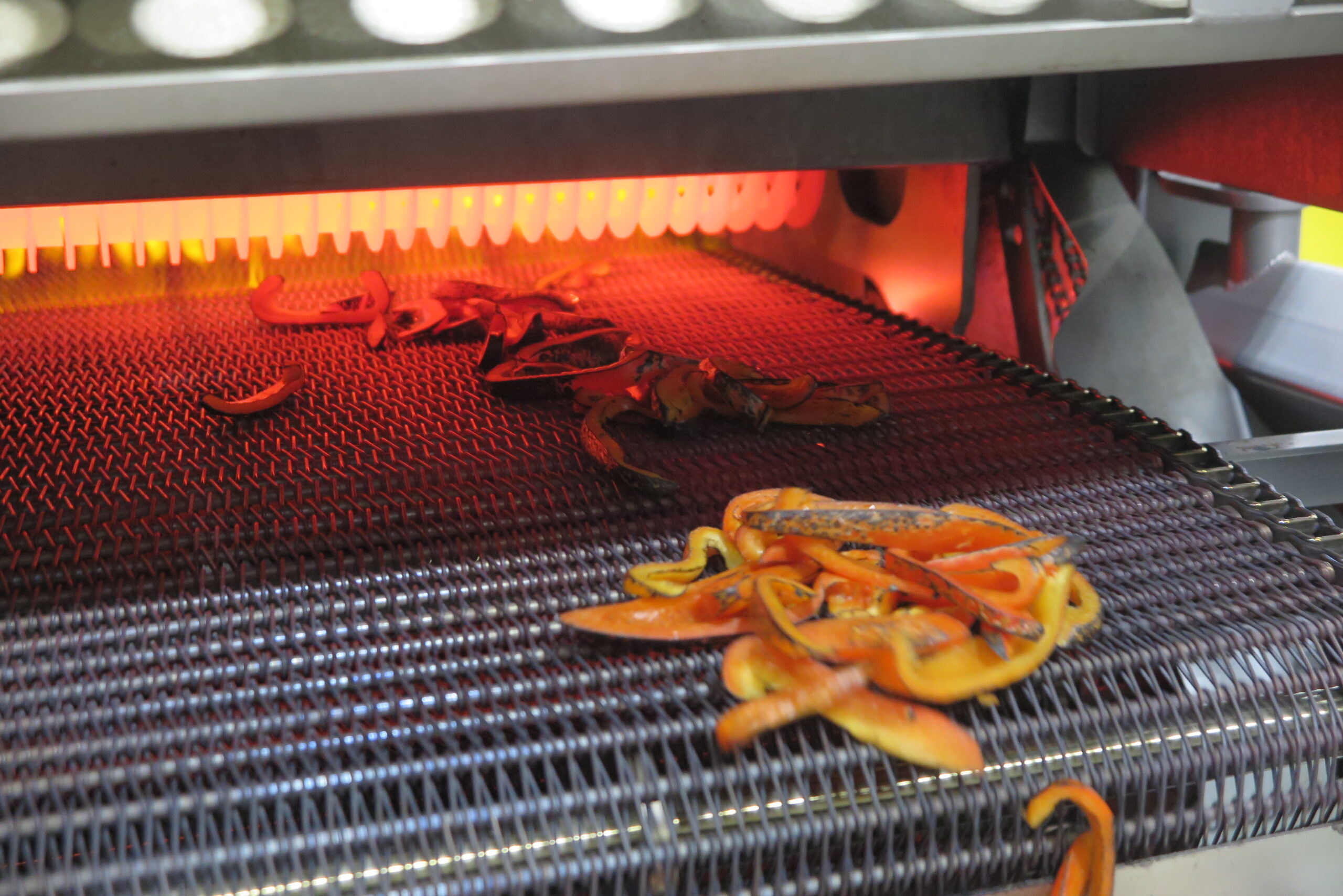Sustainability in the food industry is about reducing food waste and lowering the impact of food production on the natural environment as produce moves along the supply chain from field to processor to table.
Sustainability does not just benefit the environment. By reducing food waste, limiting energy and water consumption, and creating more sustainable business models, food companies can increase profitability in the long run.
Sustainability is vital along the entire food supply chain. Waste in one area can increase prices for all the companies that sit further down the supply chain. Therefore, an industry-wide effort to increase sustainability can affect all companies that operate as part of the food supply chain.
For both these environmental and business reasons, more and more food companies are looking for ways to increase sustainability throughout the food chain. The first step in improving sustainability is finding areas to make changes and invest in new equipment and operational strategies.
Embracing Technology
Technology has always been a significant force in food production. From the first ox-drawn plow to the development of the combine harvester to the adoption of fertilizers and high-yield seeds, inventions have changed agriculture throughout history.
It makes sense, then, to look to technology for solutions to sustainability issues.
What are some new technologies that can play a role in sustainability improvements?
Walmart provides an example of new tech aiding sustainability. The retail giant has a machine learning system called Eden that checks for defects in fruits and vegetables using photographs. Eden also relies on thermometers and sensors that monitor conditions while the produce is in transit.
Any items that show signs of ripeness get routed to the nearest locations where they can sell more quickly before they start spoiling.
Eden has saved Walmart $86 million dollars so far by eliminating the amount of food the company has to throw out. Projections suggest that Eden will save Walmart $2 billion more in the next five years.
Composting and Reducing Food Waste
According to the EPA, the U.S. produced 41 million tons of food waste in 2017 alone. Of that, only about 6.3 percent went to landfills and incinerators for composting and other food recycling initiatives.
This figure is a reminder of how much food gets wasted along the supply chain. However, the EPA also shows that there are options for using these products in other ways. Composting and repurposing waste is possible on an industrial level. For example, biofuels are an example of a use for food waste.
Practices like composting can help on an industrial and enterprise level. Farmers can use compost to improve the nutrient profile in soil. Properly processed mature compost is stable compared to regular soil if you use food waste and other components to add bulk and provide the proper nutrient ratios.
One of the main advantages of compost is that it is easy to create. With the correct composting equipment, you can stabilize the curing process and produce enough heat to kill weed seeds and pathogens that survive the natural composting process.
Composting has numerous benefits, including reducing the amount of food waste that ends up in landfills. The organic waste in landfills will eventually compost itself. However, it generates methane, which is a greenhouse gas that contributes to global warming.
Compost can also reduce the need for industrial fertilizers to allow for more chemical-free crops and lower costs for farmers.
It is possible for something as simple as composting to impact the entire food supply chain.
Limiting Water Consumption
Another area where food companies can increase sustainability is via water consumption. Reduction of water use can feasibly happen throughout the food supply chain.
For example, in industrial kitchens, workers can limit the use of water by not using it to thaw frozen ingredients, and by turning off taps when not in use. Businesses can also use more-efficient practices for washing ingredients and equipment.
Reducing water waste throughout your operations can lower operational costs. It is also an excellent way to increase your social capital.
Increasing your social capital means showing your customers that you stand out from your competitors because of your commitment to sustainable operations. An effort to reduce water waste can provide measurable results that you can show to the public.
A water usage expert can help your company target areas for improvement. When it comes to food preparation and processing and sanitation, new, high-quality equipment, combined with water-waste-reduction practices, can reduce water usage.
Investing in High-Quality Equipment
Modern, high-quality equipment can lower energy consumption, eliminate waste, and also lower production costs. Good equipment can also help you automate your production processes so that you can lower the amount of waste due to human error.
A micro spiral oven, for example, can allow you to replace several older batch ovens. This reduces energy consumption and allows you to use less space.
Dicers, meanwhile, can automate the cutting process to reduce waste and operational costs. A good cutting machine can handle a variety of products without the waste of fines.
Finally, modern sous vide machines appear to provide a more hygienic method for par cooking and vacuum-packing foods like meats. Research has demonstrated multiple benefits to the sous vide method in food production: in addition to reducing the incidence of common pathogens, it can also reduce the need for common flavor-enhancing additives, including salt and other chemicals. Although plastic packaging is still required for sous-vides, it shows great promise in reducing waste related to many other inputs along the entire food production supply chain.
Rethinking Business Operations
In the food industry, your business operations depend on other parts of the food supply chain. One way to increase sustainability is to rethink how you manage your supply chain relationships.
Water waste, food waste, and energy consumption are good places to start. However, you can also look at vendors and other elements of the supply chain to see if they are engaged in the same type of waste reduction and sustainability efforts that you are pursuing.
In addition to changing business operations to pursue sustainability, you can also calculate costs to see which potential changes make the most sense from a business perspective. In many cases, you will find that short-term sustainability investments will pay off in the long run.












